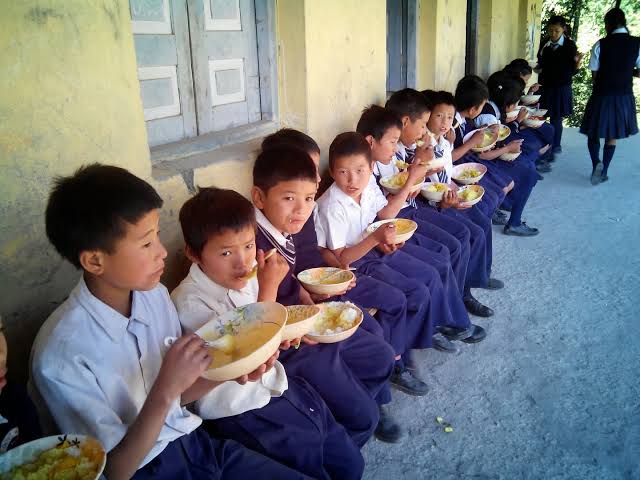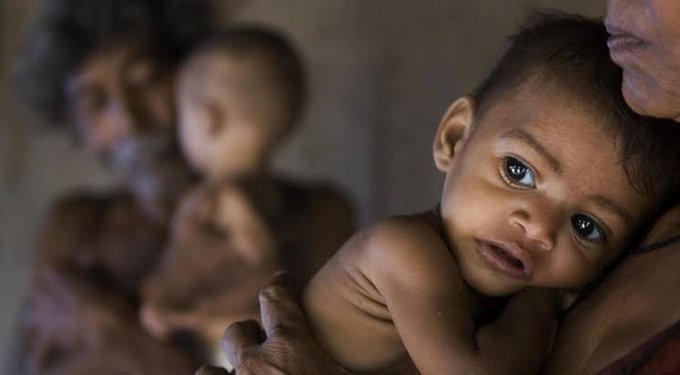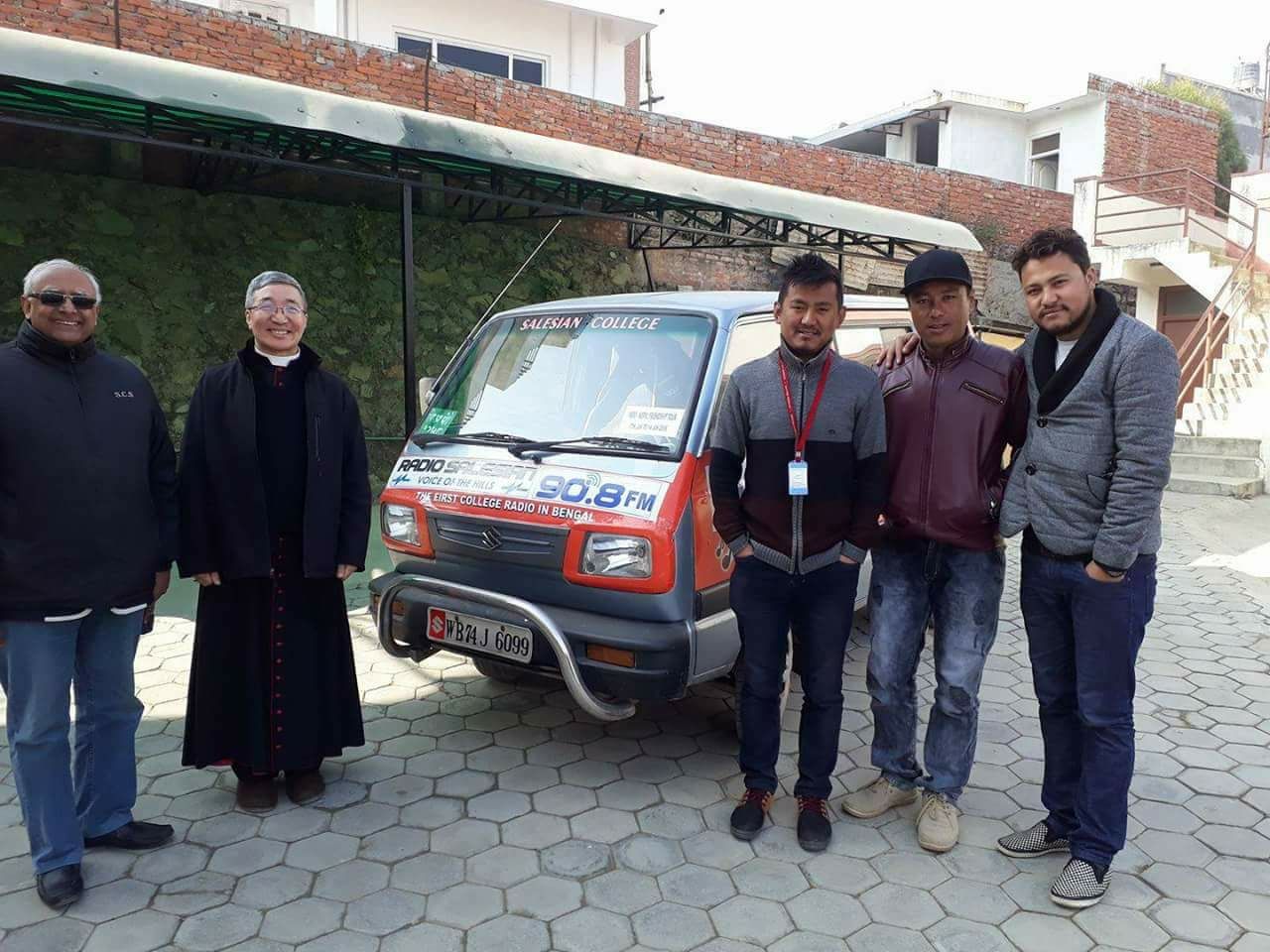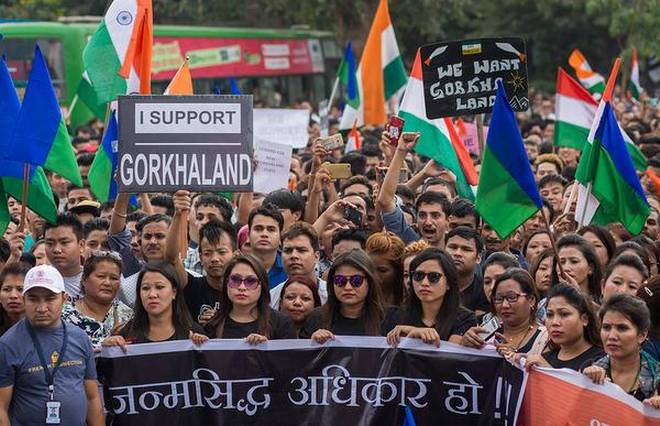India has been ranked 102nd among 117 countries surveyed in the Global Health Index 2019. Here, hunger doesn’t mean just empty stomachs. It is used in a much broader perspective to include:
- Undernourishment: the share of the population that is undernourished (that is, whose caloric intake is insufficient)
- Child wasting: the share of children under the age of five who are wasted (that is, who have low weight for their height, reflecting acute under-nutrition)
- Child stunting: the share of children under the age of five who are stunted (that is, who have low height for their age, reflecting chronic under-nutrition)
- Child mortality: the mortality rate of children under the age of five (in part, a reflection of the mix of inadequate nutrition and unhealthy environments).
The report further adds, in India, just 9.6% of all children between 6 and 23 months of age are fed a minimum acceptable diet. Open defecation also makes things worse in terms of public health, but I am not discussing it here as this problem is nearly absent in our region.
The Double Burden of Nutrition:
A series of studies published by The Lancet (health journal) establishes that both undernutrition and overweight and obesity co-exist. Now there is evidence that both build on each other throughout life and across generation.
In India, 4.7 crore people are stunted, 2.5 crore people are wasted, and 19.6 crores people suffer chronic hunger. About 50 crores suffer from vitamin or mineral deficiencies. At the same time, over 18 crores people are overweight or obese (includes me), including 30 lakh children under 5 years of age.
A study published in The Lancet Global Health highlights how malnutrition contributes the most to child deaths as well as disability in adults. A serious concern raised by Comprehensive National Nutrition Survey is that challenges of overweight, obesity and even early non-communicable diseases (like diabetes, heart disease etc.) are no longer adult challenges. About 10% of children under 19 years of age have pre-diabetes (which means their blood-sugar level is higher than normal and are likely to get Type-2 diabetic in the near future).
What is Government Doing Regarding This?
The Central Government in 2017 launched National Nutrition Mission (renamed as POSHAN Abhiyan). I am not going to go into how this was implemented as my purpose here is to make people aware of the issue which is affecting our children’s health gravely. This mission has converged various ministries and departments of the state and Centre to combat malnutrition in a comprehensive manner. Public Distribution System (ration dokan which we commonly call them), Integrated Child Development Services (ICDS), mid-day meal schemes in government-funded schools are part of the abhiyan and government is focusing on pulses cultivation in agriculture and various other steps have been taken. Though there is large scale corruption is all the above-mentioned schemes but the mission has been hugely successful in the past years. We, as a nation, still have a long way to go to make our children healthy.

What Can We Do At An Individual Level?
We need to begin with at the time of pregnancy itself. Eating a nutritious diet during pregnancy is linked to good fetal brain development, a healthy birth weight, and it reduces the risk of many birth defects. Good nutrition also helps to balance the mood swings and improve labour and delivery as well.
First 3 to 4 years of a child is a very vital period of brain development. Malnutrition during this period leads to a reduction in brain cells, myelin production and a number of synapses, in addition to alterations in neurotransmitter systems. This will have a life-long repercussion in children. This cannot be compensated by eating a healthy diet after growing up.
Our children are getting more fund of chips, chocolates, street foods etc. and cell phones (not related here). All these have serious consequences on their health and mind. Parents often link giving all the junk foods to their children with their economic status. More you earn more you let these food affect your children. “Ayaa, nani ta ho… khana dium na, hamiley hamro palo ma ta yo sab dekhnu pani payenaum,” has become a common statement nowadays. Parents, kindly think twice before you say it again.
Another important step to be taken is, giving more emphasis to education of daughters, especially in villages. Though many of us have realized this, there are many challenges. Getting married early (due to the inability to control the sexual hormones or “true love”), house-hold works getting more priority than books, joining MGNREGA during school-time etc. have become a major deterrent. Many of these problems are due to the economic conditions of the parents as well, and this will take time to get a long-term solution. A well-educated mother can take care of the child’s nutritional and emotional needs much better than a well-educated father.
For adults, regular exercise, eating healthy food (remember, “ghar ko khana” is not always healthy and a balanced diet), having a proper sleep has become a necessity in today’s world where we spend much of the day sitting on a table in front of a computer living a sedentary lifestyle. Try to eat more fresh fruits, different vegetables regularly, and less red meat, sugared drinks, KFC, Dominos etc.
As we commonly say it, “health is wealth.” Your handsome bank-balance will be of no use if you have to eat medicines like food. Take care of yourself and more importantly, your children’s nutritional needs.
Writes: Akash Basisth Sharma






Be the first to comment on "Malnutrition in India – Why We Need to Worry"